Typical applications for MALDI MS include, but are not limited to:
- Biochemistry and molecular biology, e.g., proteomics, glycomics
- Organic chemistry
- Polymer analysis
- Microbiology
- Medical and diagnostics
The incorporation of photonics technologies into MALDI MS instruments dramatically improves the sensitivity, throughput, and ease of use of these systems. This has led to their increased deployment in biological and polymer research where MALDI systems have provided an attractive alternative to older, more complicated high-performance Liquid Chromatography (LC/MS) units. Additionally, improvements in laser technology have enabled high-speed analysis, which significantly increases the throughput of protein identification in proteomics research laboratories. More recently, as ESI-LC/MS has become the preferred method for proteomics, MALDI MS has found wider application in microbiological, pharmaceutical development and medical-related applications. The key advances in laser technologies and their consequences for MALDI methods are:
- Tunable wavelengths - more efficient ionization of biomolecules
- Increased repetition rates - speed of analysis
- Improved lifetime and cost of ownership - reduced complexity and increased reliability
MALDI MS units have been increasingly used in imaging applications where the highly localized nature of laser ablation allows the determination of the concentrations and spatial locations of compounds of interest in a wide range of sample types, especially biological tissues. The key photonics technological drivers for advanced imaging of compounds in tissues include:
- Laser repetition rate (> 1 kHz) - this enables fast processing of large tissue/sample sections
- Laser energy profile - this ensures minimal denaturation of a sample below the ionization threshold which, in turn, improves sensitivity, particularly for spot sizes below 20 µm
- High precision optics and motion control - this provides the ability to reliably measure spatial locations under 10 µm
Imaging applications are currently driving the equipment requirements in research environments within the life science and clinical communities. The critical equipment characteristics for MALDI units in these applications include:
- High resolution imaging - sub-20 µm spatial resolution
- Sample stage control - fine X/Y control, high robustness and reproducibility
- Speed of acquisition - using small spot size, GHz pulse rate, top-hat energy profile
- Flexibility - coupling of lasers by optical fiber
Explorer® One™ 349 nm lasers have been specially designed with MALDI customers in mind. With the Explorer One series, users can rely on reliable ionization process and eliminate unwanted side effects, thus increasing the longevity of the laser and avoiding unnecessary service interruptions. Explorer One lasers are offered at a variety of pulse energy values from 30 to120 mJ and typical pulse width of < 5ns.
 Over 8,000 products in-stock! & FREE 2-Day shipping on all web orders!* Learn More FREE T-Shirt with orders $250+ Details
Over 8,000 products in-stock! & FREE 2-Day shipping on all web orders!* Learn More FREE T-Shirt with orders $250+ Details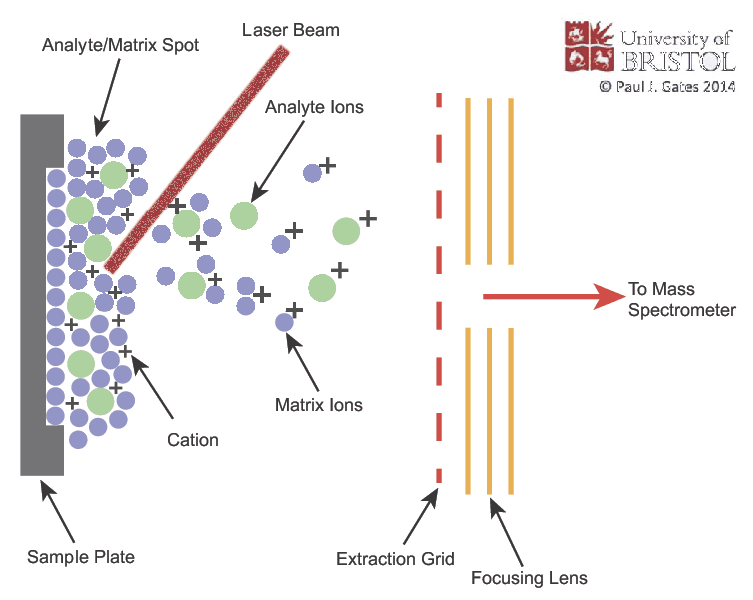
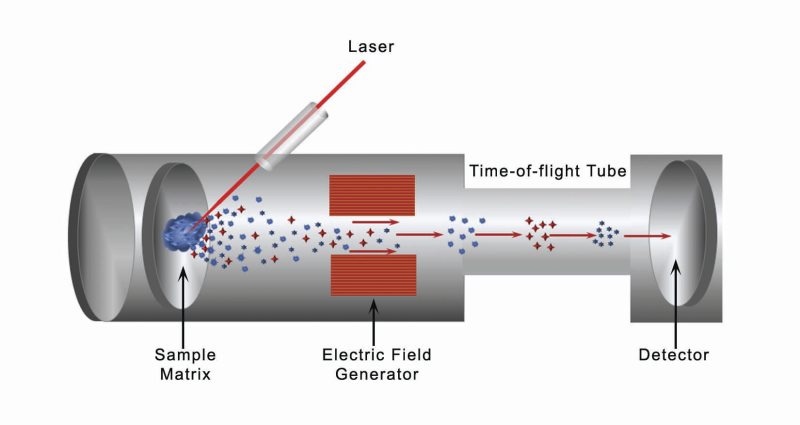
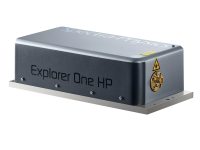
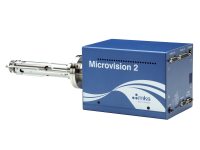
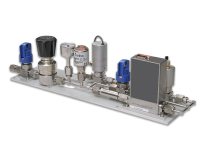

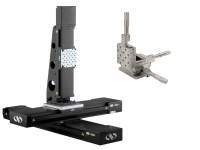

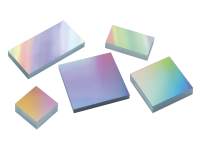
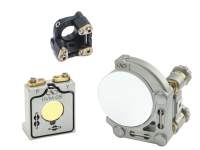

 Ultra-High Velocity
Ultra-High Velocity